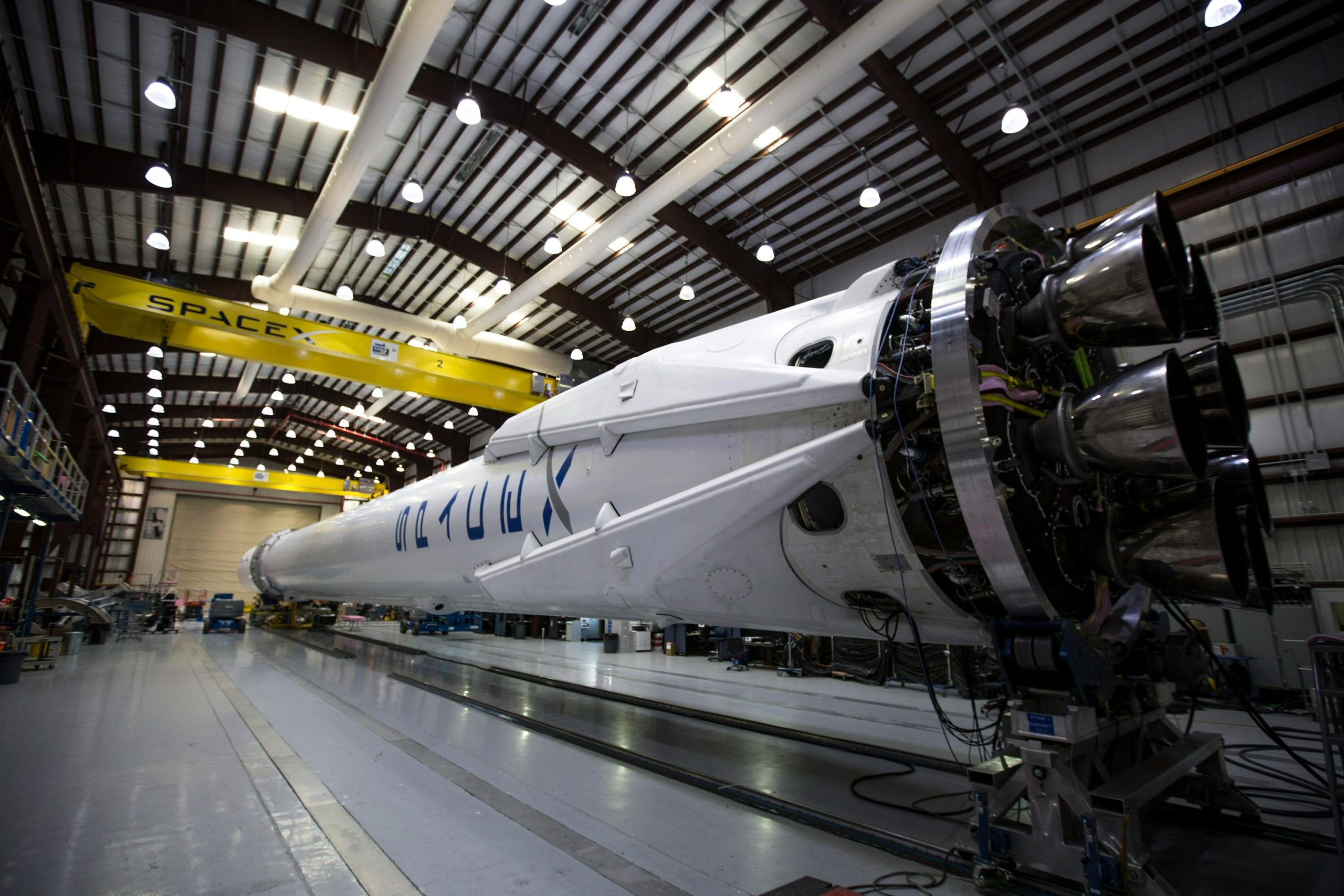Space exploration has always been a testament to human ingenuity and curiosity. From the first satellites to manned moon landings, we have continually pushed the boundaries of what’s possible. Today, robotics is playing an increasingly pivotal role in advancing our reach into the cosmos. Robots, with their precision, durability, and ability to operate in extreme environments, are revolutionizing how we explore space—making missions safer, more efficient, and far-reaching.
The Evolution of Robotics in Space
The use of robotics in space exploration isn’t new. The first robotic spacecraft, like the Soviet Union’s Luna program in the 1950s, laid the groundwork for unmanned missions. Over the decades, robotic technology has evolved dramatically, from simple probes to sophisticated rovers and autonomous drones. NASA’s Mars rovers, such as Spirit, Opportunity, and Curiosity, have become household names, demonstrating how robots can traverse alien terrains, conduct experiments, and send invaluable data back to Earth.
Modern robotics integrates artificial intelligence (AI) and machine learning, enabling these machines to make real-time decisions without human intervention. For example, the Perseverance rover on Mars can autonomously navigate obstacles and select rock samples for analysis. This level of autonomy is critical for missions where communication delays make real-time control impossible.
Key Applications of Robotics in Space
Robots are now indispensable in various aspects of space exploration:
- Planetary Rovers: These mobile laboratories explore planetary surfaces, collecting samples and analyzing soil and atmospheric conditions.
- Space Probes: Unmanned spacecraft like Voyager and New Horizons travel vast distances to study celestial bodies and interstellar space.
- Robotic Arms: Used on spacecraft and space stations, such as the Canadarm on the ISS, to assist with repairs, docking, and experiments.
- Autonomous Drones: Ingenuity, the Mars helicopter, proved that aerial exploration is possible on other planets.
- Maintenance Robots: Future missions may deploy robots to build habitats or repair satellites in orbit.
These applications highlight how robotics extends human capabilities beyond our physical limitations, enabling exploration in environments too hostile or distant for astronauts.
Advantages of Robotics Over Human Missions
While human spaceflight captures the imagination, robotic missions offer distinct advantages:
- Cost-Effectiveness: Robotic missions are significantly cheaper than manned missions, requiring less life support and safety infrastructure.
- Risk Reduction: Robots can operate in extreme radiation, temperatures, and vacuum conditions without risking human lives.
- Longevity: Unlike humans, robots can function for years or even decades with minimal maintenance.
- Precision: Advanced robotics can perform delicate tasks, such as sample collection or satellite repairs, with unmatched accuracy.
These benefits make robotics the backbone of modern space exploration, particularly for long-duration and high-risk missions.
The Future of Robotics in Space Exploration
The future holds even more exciting possibilities for robotics in space. Here are some emerging trends:
Swarm Robotics
Instead of relying on a single rover or probe, future missions may deploy swarms of small, cooperative robots. These swarms could explore vast areas of a planet simultaneously, sharing data and adapting to challenges collectively.
Self-Replicating Robots
Scientists are exploring the concept of robots that can replicate themselves using local materials. This could revolutionize deep-space missions by allowing robots to build infrastructure or even new robots on distant planets.
Human-Robot Collaboration
As we prepare for manned missions to Mars and beyond, robots will work alongside astronauts. They could assist with construction, maintenance, and scientific research, acting as extensions of human crews.
With advancements in AI, materials science, and propulsion, the role of robotics in space will only grow, paving the way for unprecedented discoveries.
Conclusion
Robotics is undeniably transforming space exploration, enabling us to go farther and learn more than ever before. From the early days of simple probes to today’s AI-driven rovers and drones, robots have become our eyes, hands, and tools in the cosmos. As technology advances, their role will expand, making the dream of exploring distant worlds a reality. The future of space exploration isn’t just human—it’s robotic, collaborative, and boundless.
